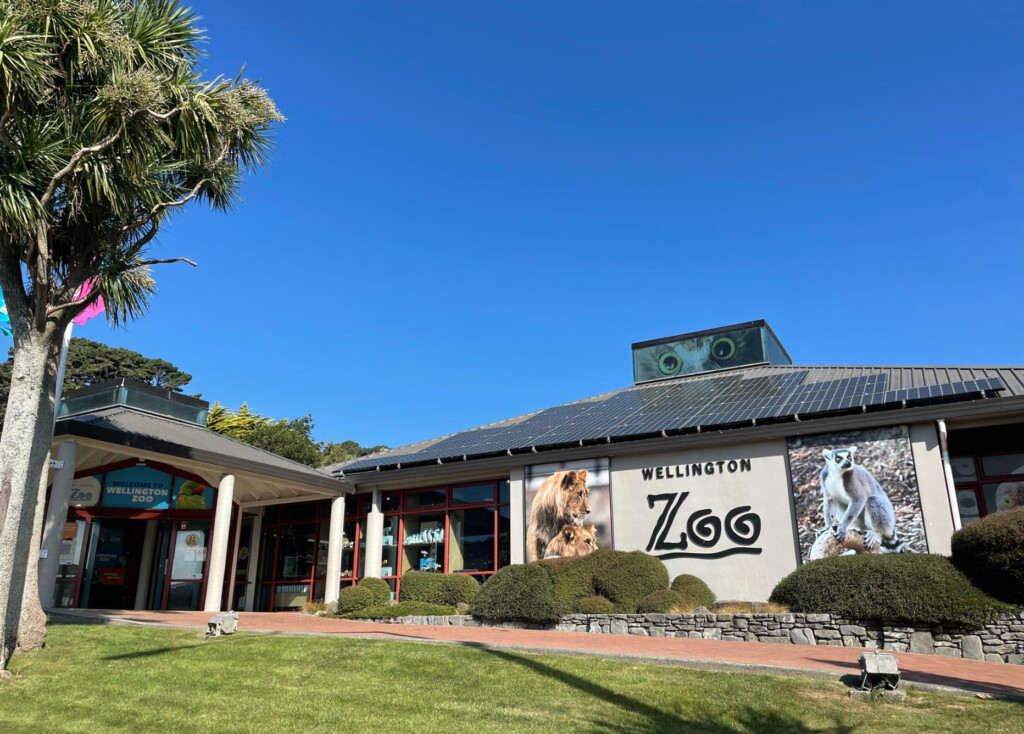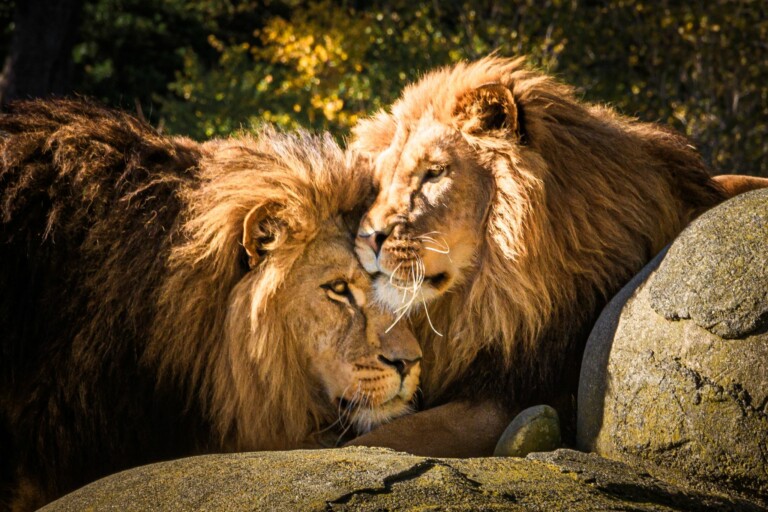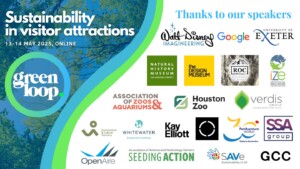Wellington Zoo in New Zealand is working to improve its digital sustainability, and has reduced its website CO2 emissions by more than 25 percent.
The zoo has worked with San Francisco-based digital design company AKQA to reduce the CO2 emissions from its website by 26.5 percent or 550,644gm, which is equivalent to the amount of carbon as 3,931 kilometres of driving.
“Once our web agency presented the idea of digital sustainability to me and Zel Lazarevich, our marketing and communications manager, we knew that it was something we wanted to tackle,” said Amy Hughes, director of communication, experience and conservation at Wellington Zoo.
Carbon savings at Wellington Zoo
“So little attention is paid to our online carbon footprint, so it really opened our eyes. The best part of going through the process with AKQA was ensuring we still retained the functionality and the look and feel of our website, as animal pictures and bright colours are an integral part of the design.
“When we go through a full website redesign in a couple of years time, we will be building that from scratch with sustainability principles built in from the beginning.”
Wellington Zoo says it has achieved these carbon savings without impacting the user experience on its website, opting for behind-the-scenes changes that make a big difference.
“We are always looking to lead the way in our sustainability work, and I was really excited by this project when Zel and Amy first spoke to me about it,” said Karen Fifield, chief executive of Wellington Zoo.

“There are easy ways for other organisations to adapt their electronic presence, or electronic communication, to minimize their digital footprint.
“AI and ChatGPT searches are really carbon heavy, so this is an issue that is not going away any time soon.”
Last year, blooloop ran a successful campaign at greenloop about the carbon footprint of email signatures.
Lead image credit: Bradley Pratt














